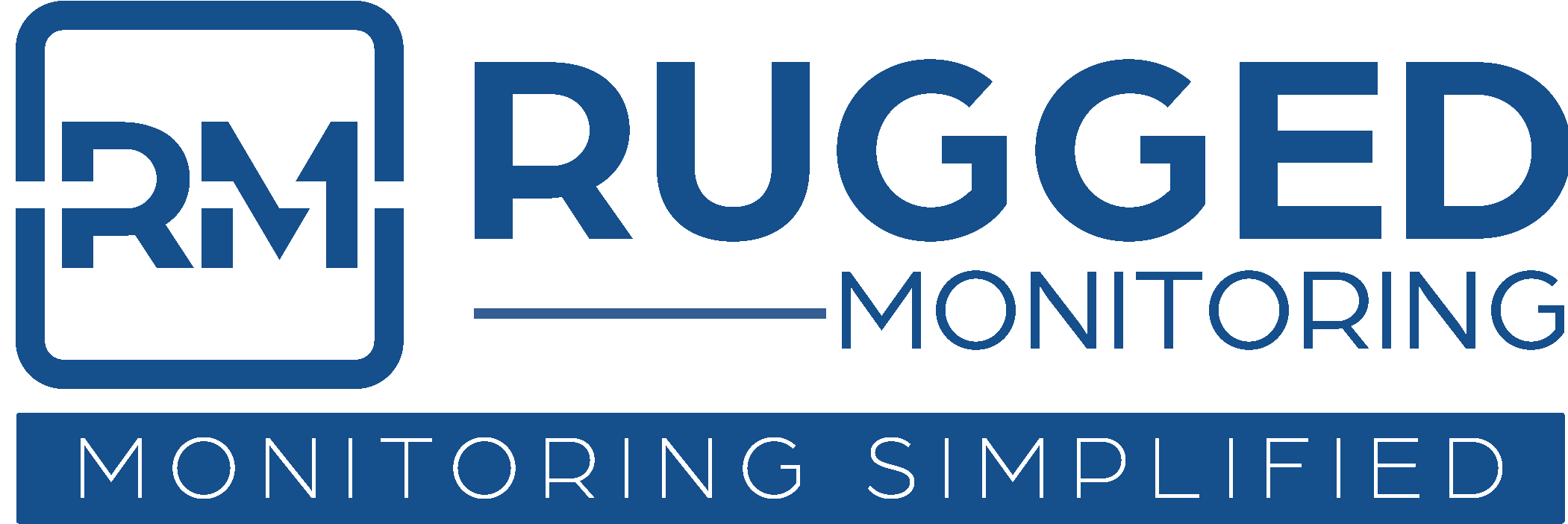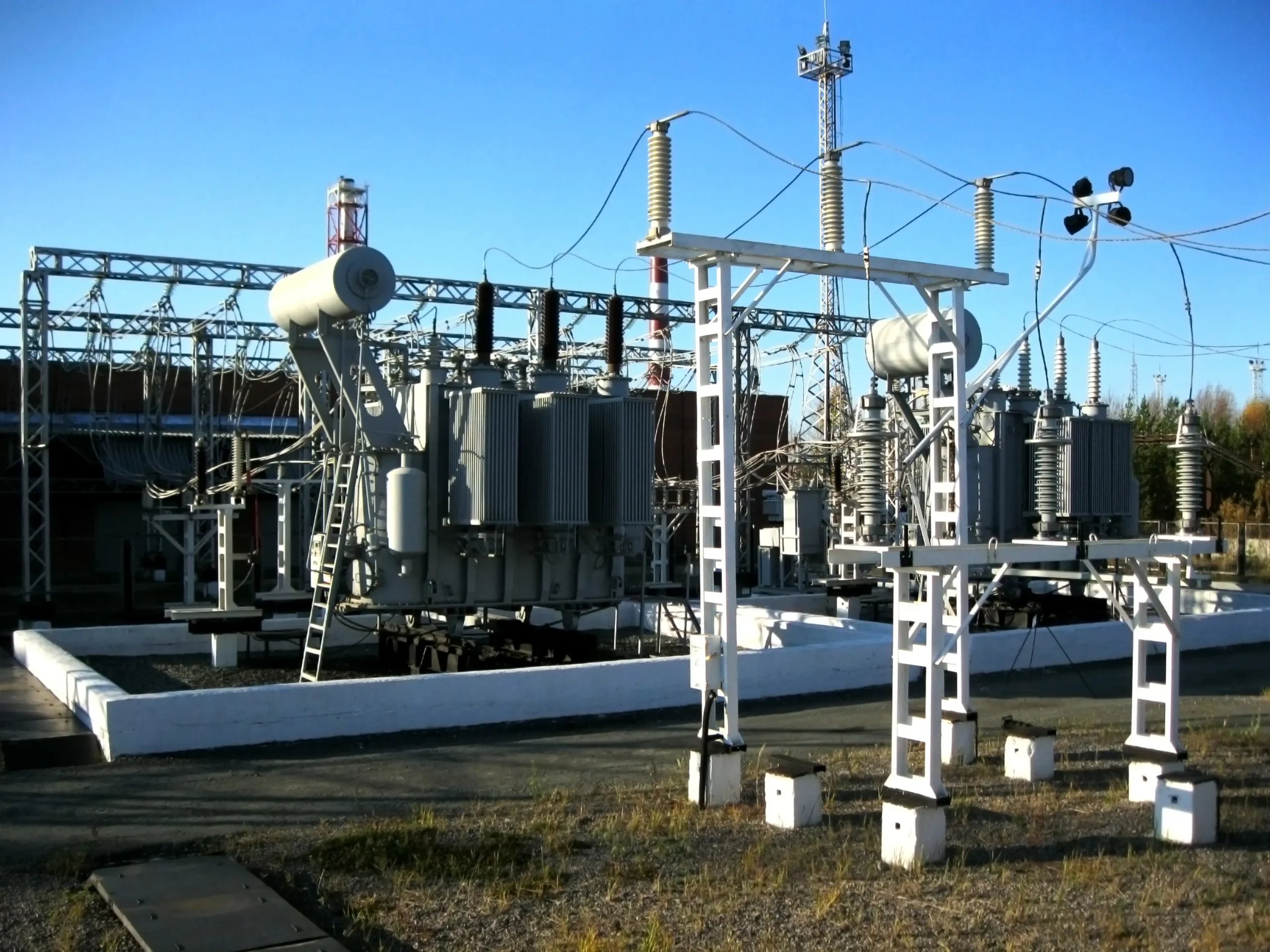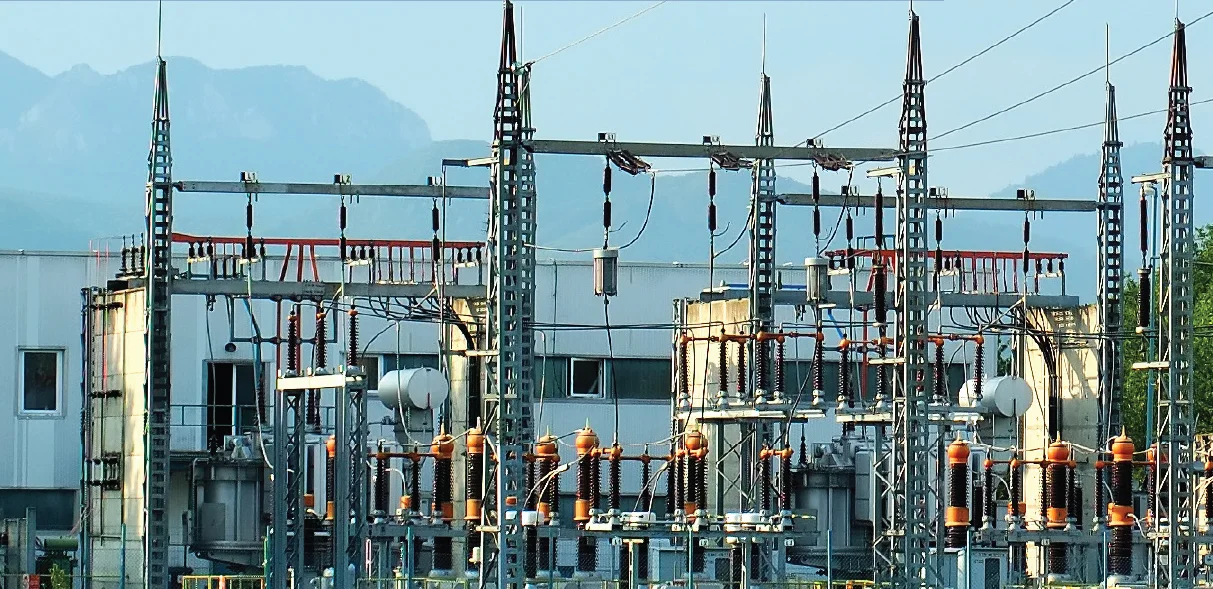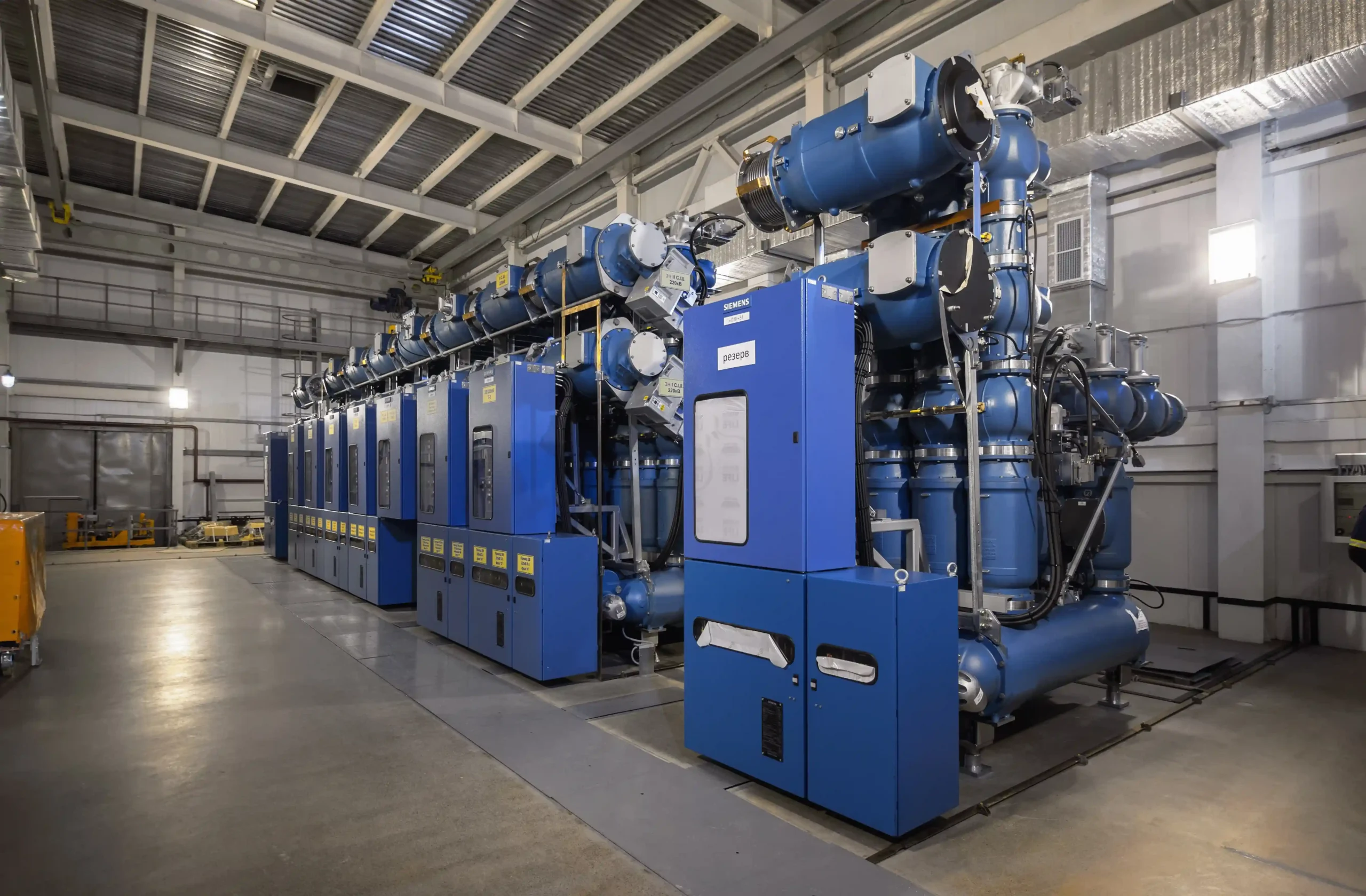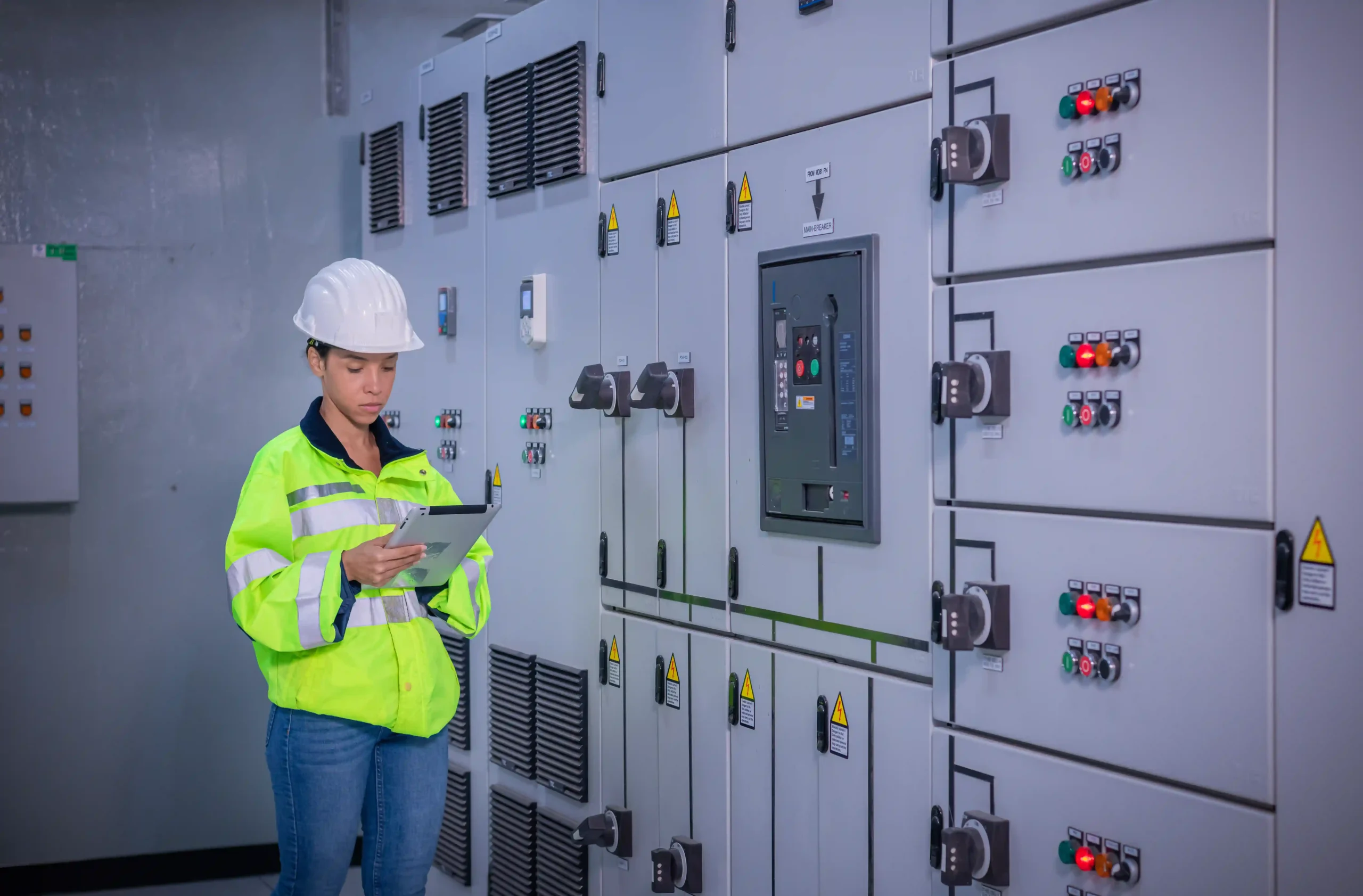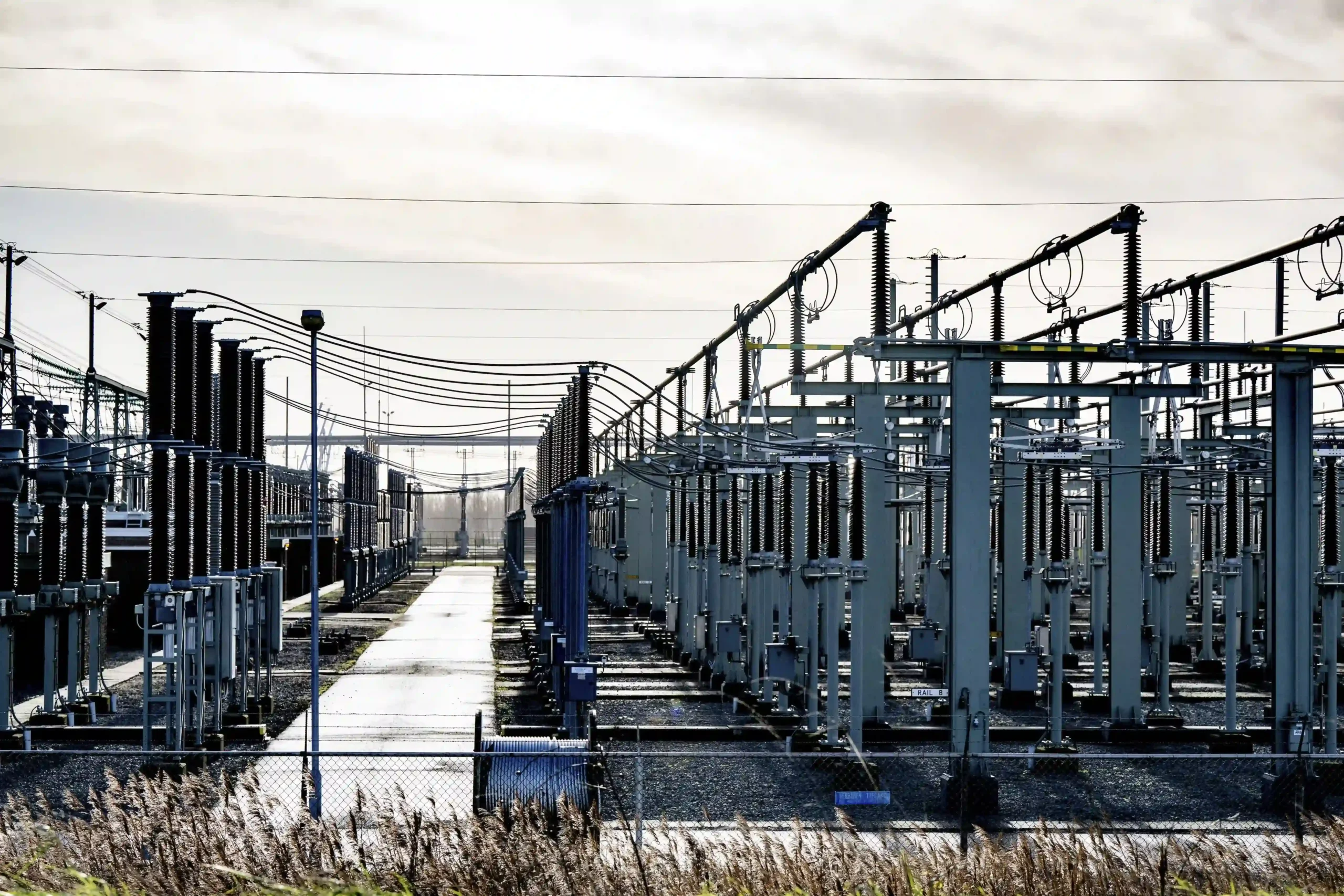Transformers are a critical component of power systems, and their reliable operation allows for the safe supply and transmission of electricity. Their efficient, uninterrupted operation is essential to maintain the stability of the overall power system. Transformer failure may cause sudden outages, shutdowns, high economical losses, and in worst-case situations, catastrophic failures like fire or explosion.
To mitigate this risk, understanding the causes of failure and implementing effective monitoring is important for both manufacturers and utilities. Condition monitoring provides early warnings of transformer health, such as detection of deterioration, changes in operational conditions and impending failure.
This blog explores the key reasons behind transformer failure, their potential impacts, and how early detection through diagnostic techniques can enhance reliability.
Common Causes of Transformer Failures
The CCIGRE Working Group 2.62 research, which analyzed over 425,000 unit-years and 1,159 significant transformer failures, indicates a failure rate of about 0.3% annually. The study determines that several components were major causes of transformer failure:
- Winding Failures: These are the most common contributors to major transformer failures, and they account for most of them in terms of mechanical faults such as winding loosening and deformation due to short-circuit impulses. The cumulative effects of electromagnetic forces, which increase with the square of the current, often lead to axial and radial winding deformations.
- Bushing Failures: These are particularly severe, often resulting in explosions or fires. Bushings are essential components exposed to high electrical stresses, and thus, they are prone to failure under adverse conditions.
- On-Load Tap Changers (OLTCs): OLTCs account for about 41% of the transformer failures since they are mechanical devices that change voltage levels while the transformer is in operation. Their complexity ensures that they are susceptible to wear and tear.
- Insulation Degradation: Dielectric failure, especially in transmission substation transformers, is the leading cause of failure worldwide. Oil conductivity, paper insulation aging, and moisture content have substantial effects on insulation condition.
Other causes for failure include environmental parameters (e.g., humidity, temperature), manufacturing restrictions, and poor maintenance procedures.
Transformer Failure Modes
As transformer failure often begin at the component level, they typically occur through a combination of root- level stresses. Understanding these broader failure modes is useful in early diagnosis and enhancing reliability.
A transformer may generally fail electrically due to failure of insulation, which may result from electrical, mechanical, or thermal stress.
- Electrically Induced Factors
These are some of the most common and harmful modes of failure. They typically attack the transformer’s insulation system, resulting in partial or complete breakdown. Typical electrical failure mechanisms are:
- Overvoltage (Transient or sustained): They tend to overstress insulation and overheat the transformer core.
- Lighting and switching surges: They are high-magnitude, fast-traveling waves that exceed insulation levels, damaging windings and other components.
- Partial discharge (corona): Initiated by poor insulation system design, contamination, or insulation defects, it causes local degradation that can progress into catastrophic failure.
- Static electrification: Observed in very high-voltage transformers, this occurs when oil circulation builds up charge that exceeds the dielectric limit of the fluid, leading to flashover.
- Mechanically Induced Factors
Mechanical stresses during operation, shipment, or installation can deform windings and rupture insulation. These failures may remain hidden until they trigger an electrical breakdown. Typical causes include:
- Winding deformation: Resulting from electromagnetic forces during short circuits or physical shocks during transportation.
- Buckling and telescoping of windings: Often caused by improper clamping or structural support, leading to exposure of energized conductors.
- Failure of coil clamping systems: Allow axial movement of windings during faults, leading to severe coil deformation, insulation damage, and possible immediate electrical failure.
- Thermally Induced Factors
Heat is the silent transformer killer. High-temperature aging for long times weakens the mechanical strength of cellulose insulation. Typical thermal problems are:
- Overloading beyond design limits: Continuous overloading accelerates aging and insulation deterioration.
- Cooling system failures: Blocked radiators, failed pumps, or fouled ducts reduce heat dissipation, raising operating temperatures dangerously.
- Localized hotspots: Caused by design flaws, eddy currents, stray flux, or prolonged operation under high ambient temperatures, these hotspots can go undetected until failure.
The Impact of Transformer Failure
The consequences of transformer failures go beyond direct operational disruption. Failures can result in:
- Economic Losses: Replacement or refurbishment of the transformer is expensive, with added costs from downtime and potential damage to other equipment.
- Reliability Issues: Failures decrease the overall reliability of power systems, impacting utilities’ capacity to deliver continuous service.
- Safety Risks: Bushing failures, partial discharge, and hotspots, especially, can result in fire or explosion, which is a major safety threat.
- Environmental Impact: Leaks of oil from transformer tanks, often due to corrosion or aging seals, have the potential to contaminate water and soil, which can cause environmental pollution
- Power Quality and Grid Instability: Distressed transformers may cause voltage fluctuations and surges, disrupting power quality and grid performance.
- Impact on Public services: Failures can interrupt essential services such as hospitals, risking public safety during emergencies or in populated areas.
Traditional Vs Modern Monitoring Techniques
In the past, transformer maintenance relied on time-based maintenance (TBM), in which inspection and repair were scheduled at regular intervals. This method does not typically respond to incipient faults, resulting in premature failure. New developments in diagnostic and monitoring techniques are moving the industry towards condition-based maintenance (CBM) that relies on real-time data to determine transformer health and predict failure.
Traditional Diagnostic methods
- Dissolved Gas Analysis (DGA): DGA is a common method of detecting incipient faults through the analysis of dissolved gases in transformer oil. Techniques such as key Gas Analysis, Dornenburg Ratio, Rogers Ratio, and the Duval Triangle are used to detect fault types such as partial discharge, overheating, or arcing. There are limitations of DGA, which include the lack of precision at low gas levels as well as difficulty in identifying rapidly developing faults.
- Polarization and Depolarization Current (PDC): PDC tests monitor insulation condition by measuring oil and paper conductivity. Although good at locating overheating, PDC is temperature and moisture-sensitive and must be interpreted with caution.
- Oil Quality and Furfural Analysis: They test the chemical and physical characteristics of the transformer oil and paper insulation polymerization. They are essential for determining insulation aging but involve several parameters, making analysis more difficult.
Emerging Diagnostic Trends
Emerging research emphasizes the combination of advanced technologies to enhance transformer diagnostics:
- Transformer Health Index (THI): Transformer Health Index (THI) is a derived index combining data from DGA, oil condition, furan analysis, power factor, tap changer condition, and other factors to evaluate overall transformer health.
- Fiber optic sensors: Deliver real-time, direct temperature measurement of windings. Fiber optic sensors can measure hotspot temperatures, providing utilities with accurate data that enables them to optimize load management.
- Thermal Imaging: The temperature monitoring of transformer components without contact, using thermal imaging, is both scalable and capable of monitoring multiple components in real-time. This is an improvement on fault detection.
- Machine Learning and Digitalization: Machine learning models are being utilized to model transformer fault databases and forecast failure modes. Digitalization facilitates real-time health monitoring and predictive maintenance, greatly enhancing transformer reliability.
Challenges and Future Directions
Even with these developments, challenges remain. Conventional diagnostic processes involve disconnecting transformers for offline testing, which is unrealistic for continuous use. Furthermore, subjectivity in the weighting factors used for HI calculations and difficulties in interpreting multi-parameter data may lead to incorrect assumptions.
Trends in the future concentrate on:
- Real-Time Monitoring: Advanced IIoT solutions enable continuous monitoring of parameters such as partial discharges, hotspots, bushings, and DGA in real-time. This supports fault detection at an early stage, minimizing the chances of sudden outages.
- AI and Automation: The integration of AI algorithms is decreasing human oversight and enhancing diagnostic performance.
- Data-driven decision making: Historical and real-time data from transformer monitoring systems optimize maintenance planning, anticipate failures, and make data-driven asset management decisions.
- Lower CAPEX through longer asset life: Optimizing transformer usage and detecting problems early enables monitoring systems to extend the asset’s life by reducing replacement frequency and expenses.
- Interoperability and Remote Monitoring: Smart transformers using standard communication protocols enable seamless integration with digital substations. This supports remote control, enables faster response to grid events, and reduces the need for on-site interventions.
As technology in transformer monitoring keeps advancing, the role of sensors and smart diagnostics becomes more critical. From fiber optic sensors and partial discharge monitoring to hotspot and bushing monitoring, Rugged Monitoring delivers comprehensive solutions designed to fit the specific needs of every transformer.
Through understanding failure modes and real-time monitoring, asset managers and utilities gain the insights needed to optimize their maintenance strategies, prolong asset life, and minimize risk. These systems not only provide early fault detection but also seamlessly integrate with software platforms, ensuring that no potential issues go unnoticed.
In the modern energy world, investing in advanced transformer monitoring is not merely about avoiding failures; it’s also about creating a smarter and more resilient grid.
